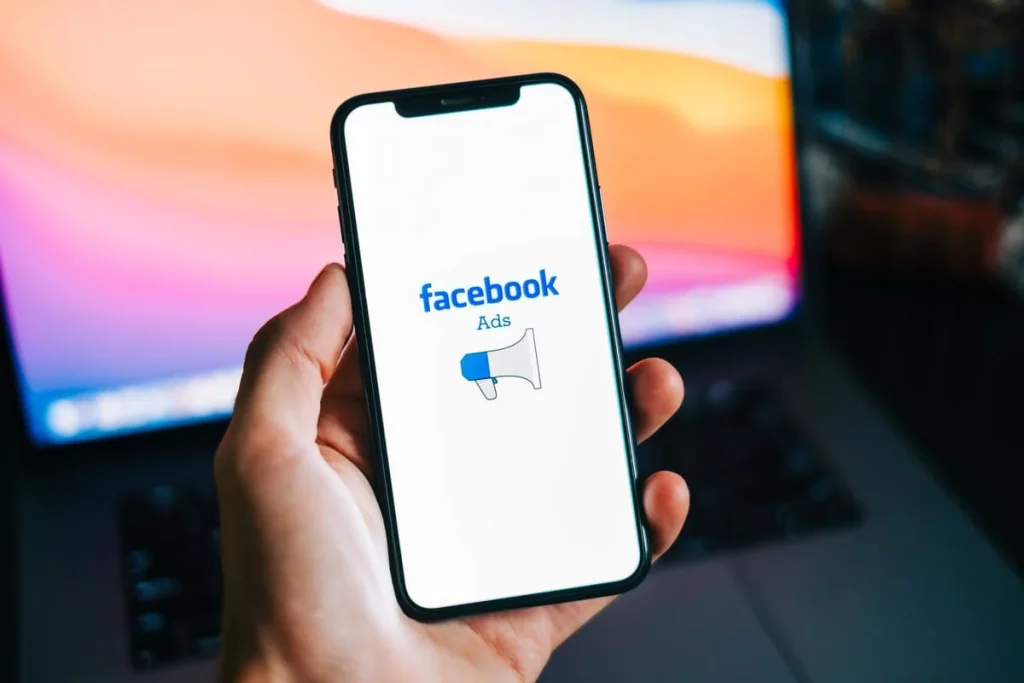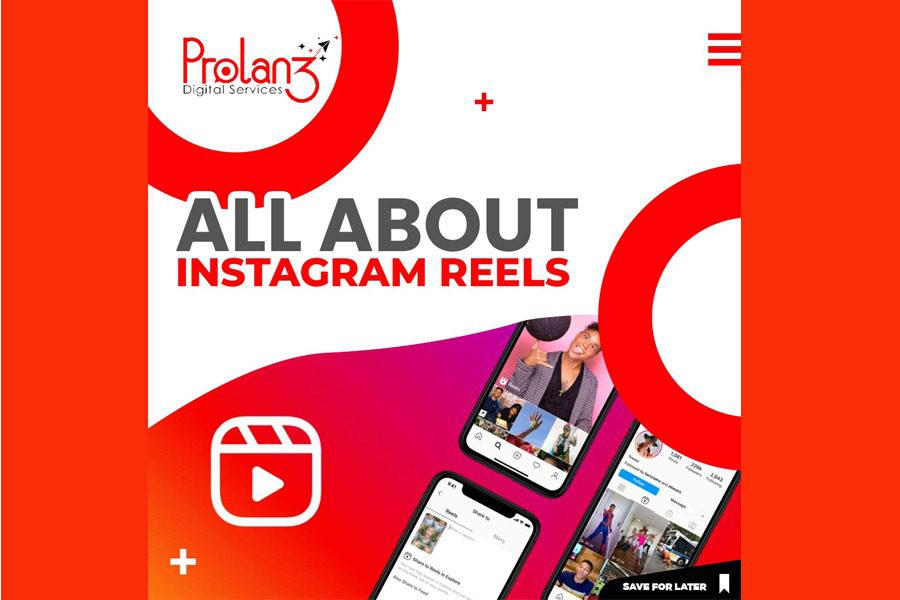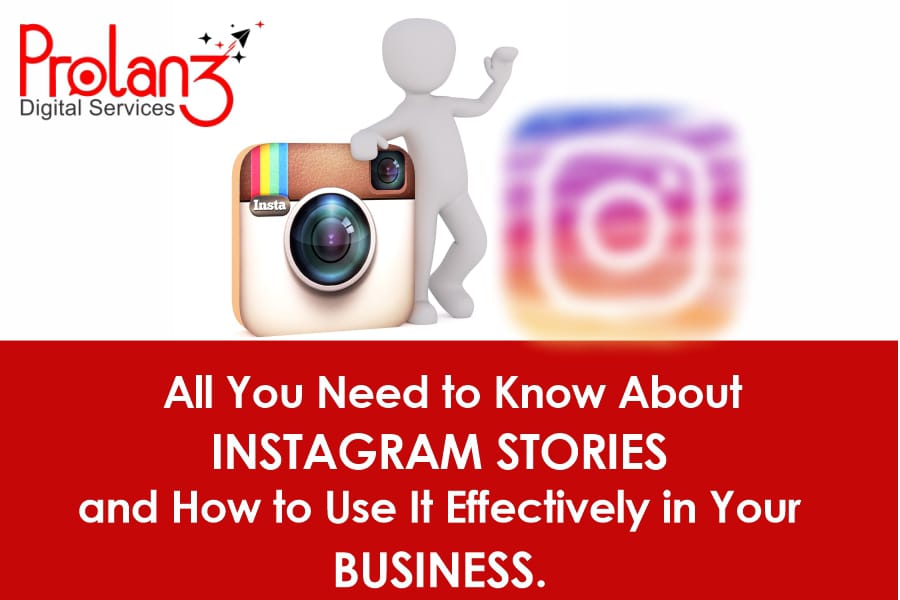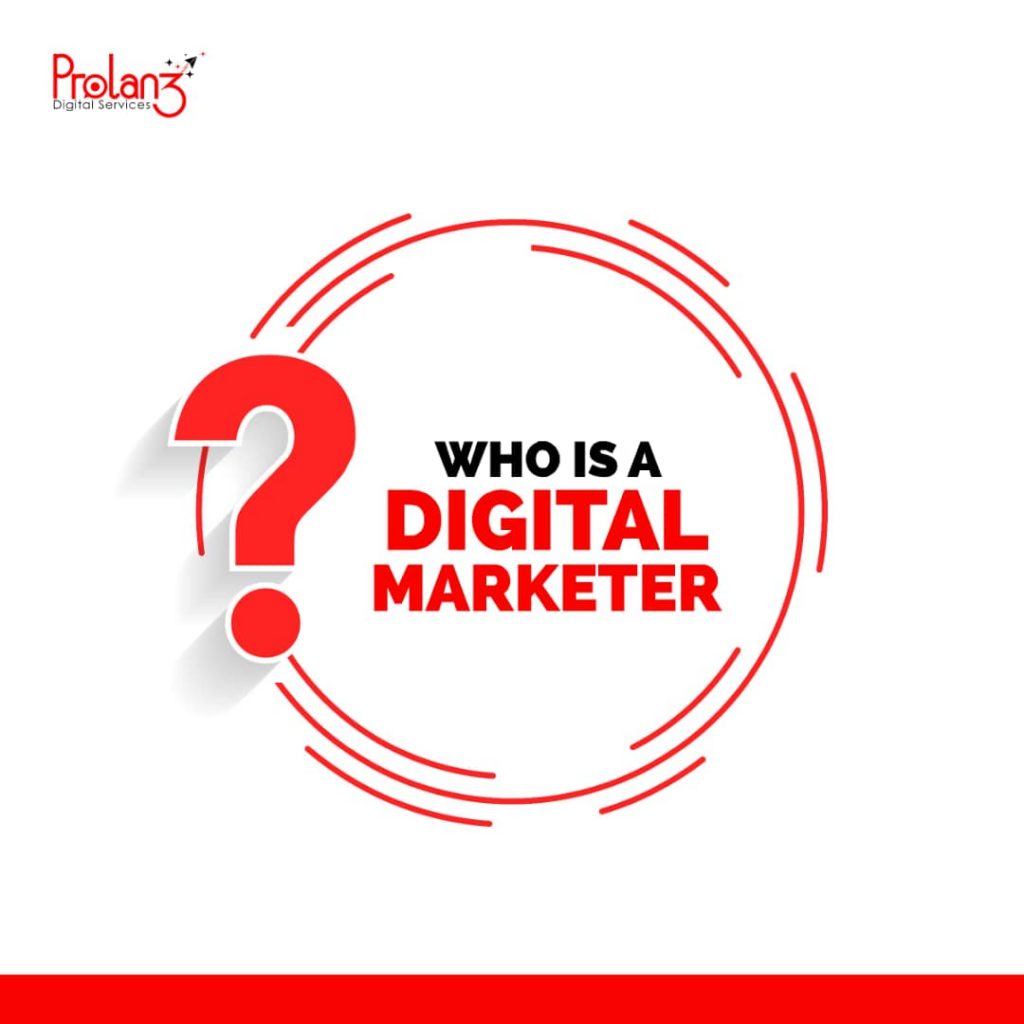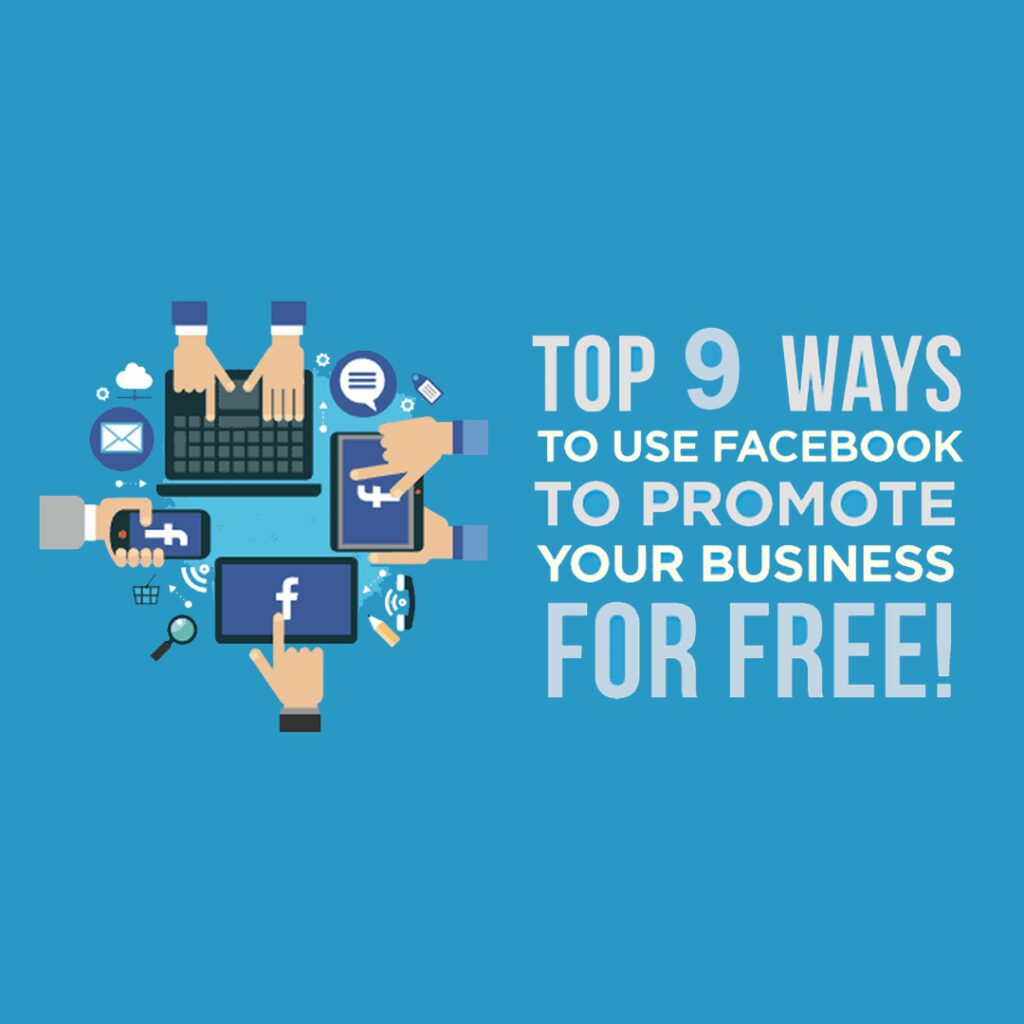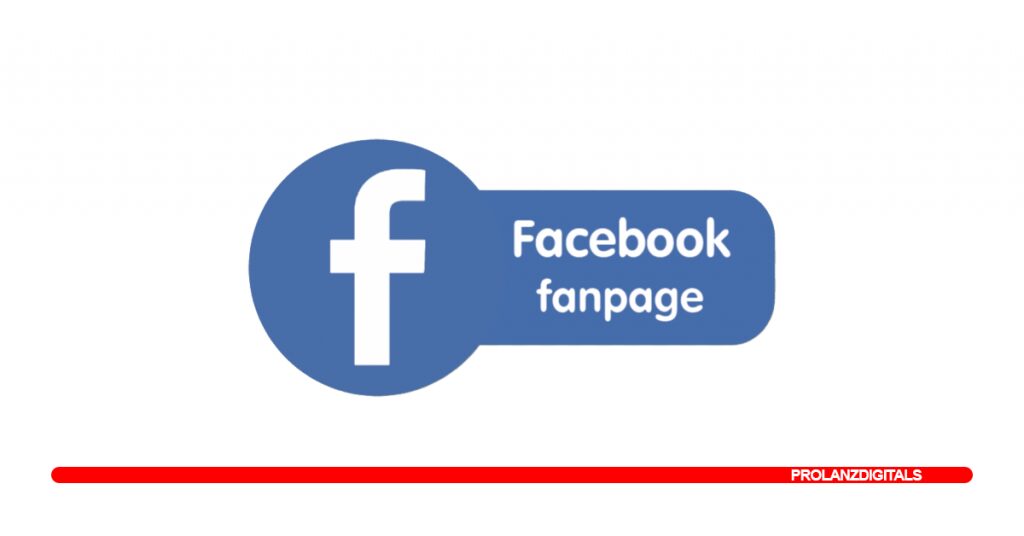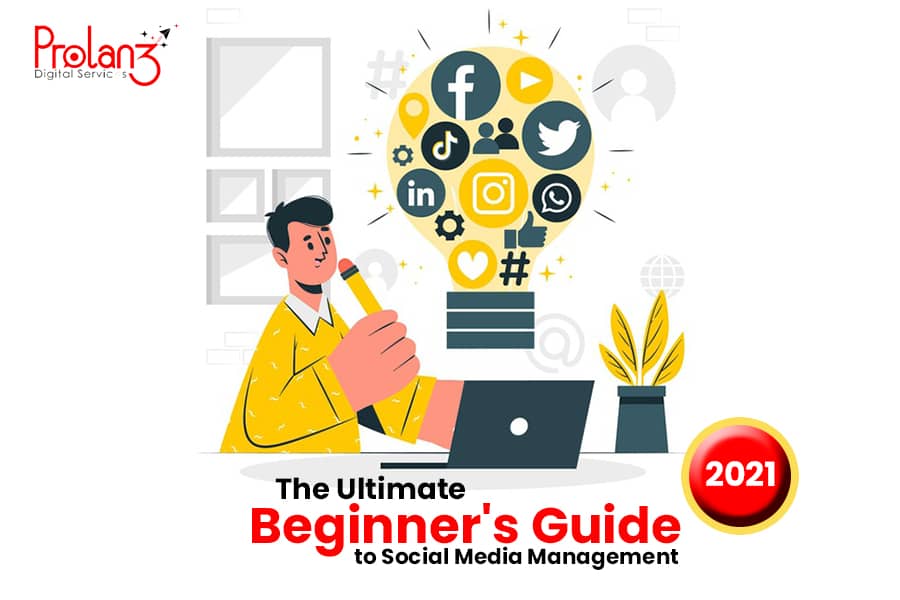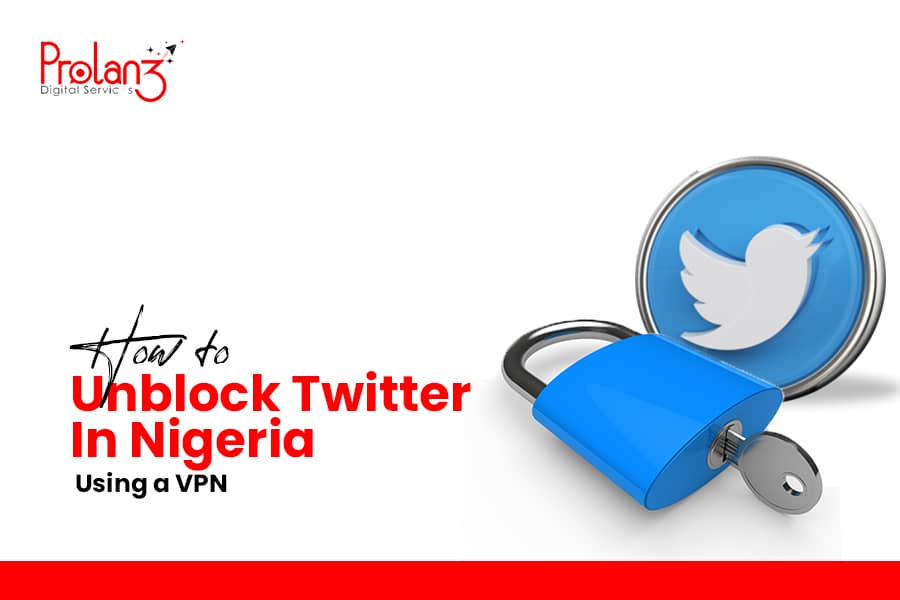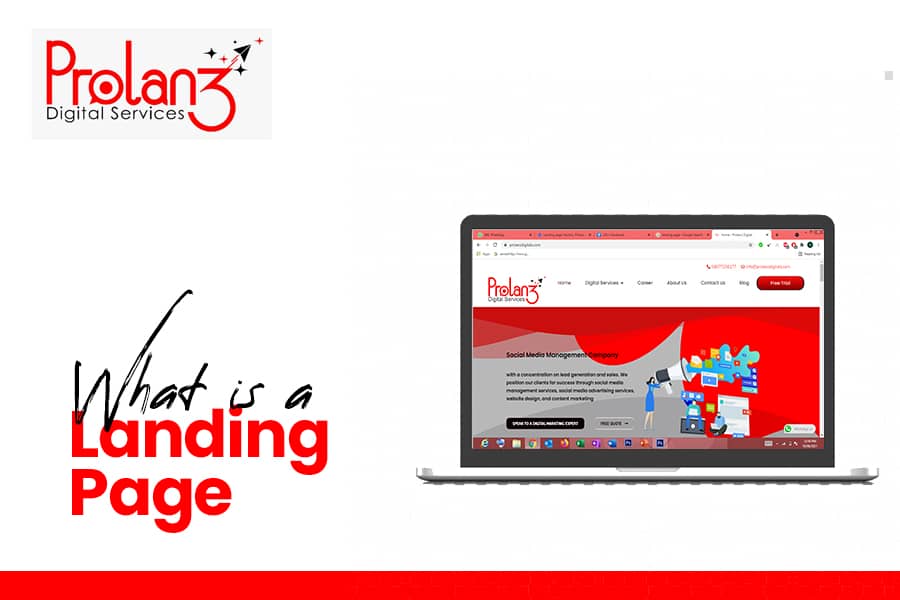Are you a business owner in Nigeria looking to reach a wider audience through Facebook advertising? If so, you might be wondering, “How much do Facebook ads cost in Nigeria?” Well, you’re in the right place! In this article, we will explore the pricing structure of Facebook ads specifically tailored for the Nigerian market.
Understanding the cost of advertising on Facebook is essential for creating a successful marketing strategy. The good news is that Facebook offers a variety of options to fit different budgets, allowing businesses of all sizes to take advantage of its powerful advertising platform. In Nigeria, factors such as the target audience, ad format, and campaign objectives may influence the pricing.
Join us as we delve into the various factors that determine the cost of Facebook ads in Nigeria. Whether you’re a small startup or an established business, understanding the cost structure will help you make informed decisions about your advertising budget and maximize your return on investment. So, let’s dive into the world of Facebook advertising in Nigeria!
How Does the Facebook ad Auction Work?
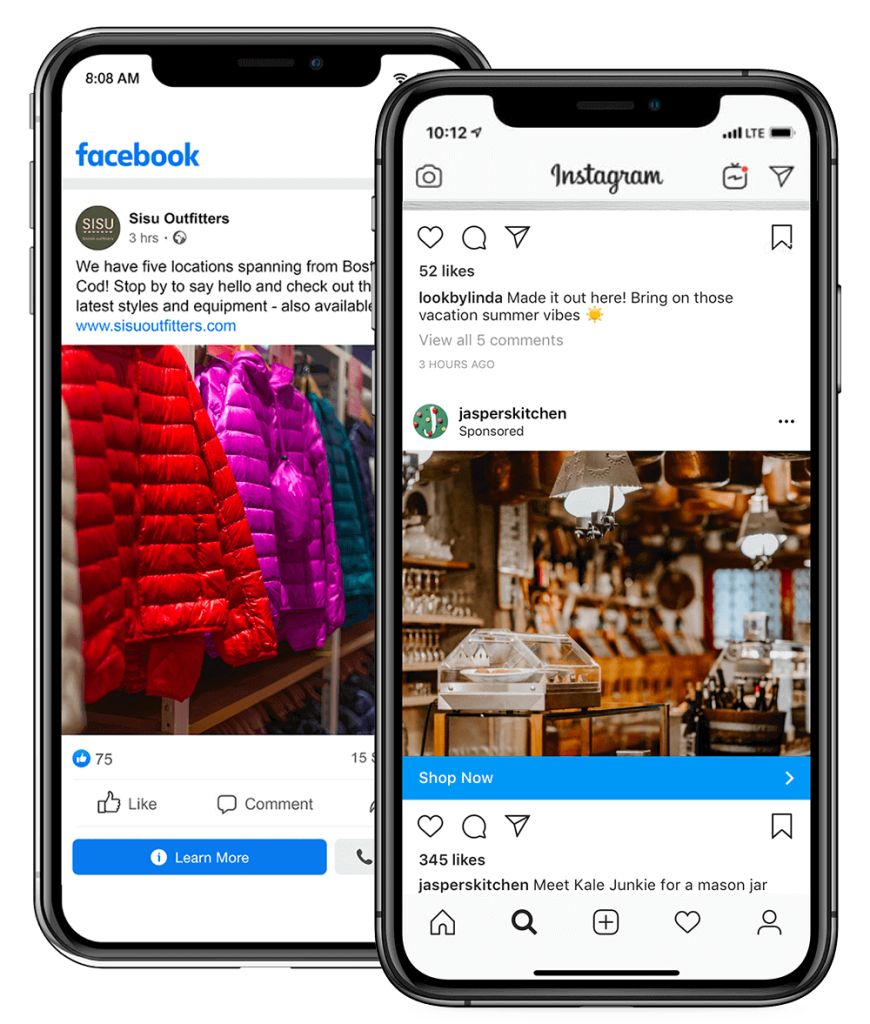
Knowing how the Facebook ad auction works is essential before we talk about the factors influencing your ad costs. Once you grasp how Facebook conducts its ad auction, you can begin to optimize your Facebook ad expenses.
Before the Auction, the advertiser:
- Log into Ad Manager to create a campaign and ad.
- Sets a daily budget or the maximum they’ll spend each day.
- Chooses the desired action to pay for, such as views, clicks, or downloads.
- Builds the audience using demographic, interest, and device targeting.
- Adds creatives, including ad copy, images, and videos.
- Approve and launch the ad.
During the Auction:
1. Facebook Evaluates Bids:
- Facebook grades every potential ad’s bid, estimated action rates, and ad quality.
- Uses estimated action rates and ad quality to determine ad relevance.
- Generates an ad’s total value based on bid, estimated action rate, and ad quality.
2. Delivery of Winning Ad:
- Facebook delivers the winning ad, which is the ad with the highest total value.
Key Metrics Influencing Ad Costs

Understanding these metrics helps optimize your ad costs:
1. Ad Bid
Imagine this as your offer on the advertising auction. It’s the amount you’re saying, “I’m willing to pay for people to take this action.” Setting the right bid is like finding the sweet spot—enough to compete but not so much that you spend all your money. A well-calibrated bid ensures you’re in the game without overspending.
2. Estimated Action Rate
Picture this as predicting the future—well, almost. This metric looks at the likelihood that users will do what you want them to do, be it clicking, buying, or signing up. The higher the estimated action rate, the better your chances of getting those desired actions without spending much.
3. Ad Quality
Ad quality considers how engaging and relevant your ad is to your audience. A high-quality ad is like a magnet—it attracts attention, clicks, and conversions. It’s not just about showing up; it’s about showing up and standing out.
4. Ad Relevance
This is about how well your ad speaks their language, meets their needs, and fits into their digital world. A highly relevant ad is like a friendly conversation—it connects, resonates, and keeps the audience interested. The more relevant your ad, the less it feels like an interruption and more like a welcome message.
What determines Facebook advertising costs?
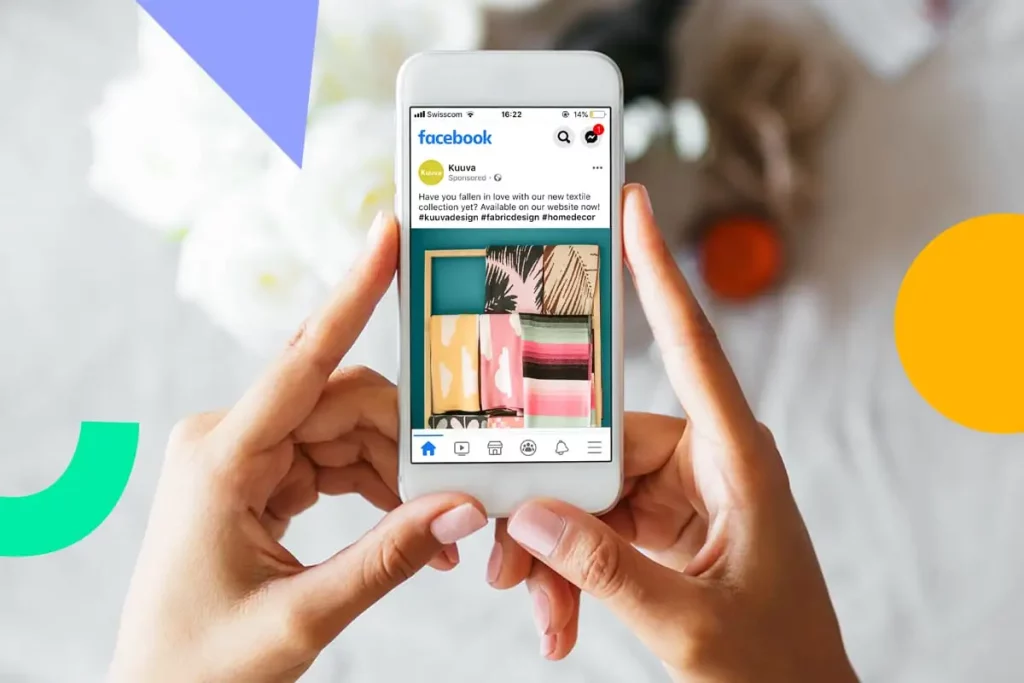
The cost of Facebook ads is influenced by various factors, and understanding them is crucial for effective advertising. Here are eight key factors that determine how much Facebook ads cost:
1. Audience
Targeting specific demographics, interests, or attributes can impact your ad expenses. For instance, ads targeting women might have a different cost per click (CPC) compared to those targeting men.
Age groups can also affect costs, with campaigns focused on older individuals potentially incurring higher expenses due to a smaller user base in those age brackets. Detailed targeting based on interests, such as outdoor recreation or philanthropy, can also influence costs.
2. Ad Budget
When creating a Facebook ad campaign, you set an advertising budget. Regardless of the budget size, whether it’s $300 or $3,000 per month, it significantly influences the cost of Facebook advertising for your business. The budget you set impacts your ad bids, overall ad performance, and the outcomes of your social media advertising campaign.
For instance, if your company launches an ad campaign with a $80 monthly budget and sets a maximum bid of $1 per click, it may not be competitive considering the average cost per click (CPC) for Facebook ads is $0.94. This could result in a limited number of impressions and clicks.
Social media strategists often recommend a daily budget of at least $5 for businesses. However, if you spend $5 a day, your $80 budget will be exhausted by day 16, leaving you without funds to run the campaign for the entire month.
While a larger ad spend provides more flexibility, it’s still possible to make a small budget work effectively for your business. Just note that a low ad budget may yield fewer conversions due to its performance limitations.
3. Ad Bid
The bid you place for your ad also plays a crucial role in determining the cost of Facebook ads. Facebook provides various bidding strategies, including:
1. Lowest Cost Bid Strategy (Automatic Bidding)
- Aims to achieve the lowest cost per click or action.
- Efficiently utilises your budget, making it a popular choice for companies starting their campaigns.
2. Target Cost Bid Strategy (Manual Bidding):
- Works to reach your desired cost per click or action.
- Applicable for app installs, conversions, lead generation, or product catalog sale campaigns.
The chosen bid strategy and bid amount can influence whether your Facebook advertising costs are higher or lower. Generally, manual bidding may result in higher advertising costs, while automatic bidding often optimizes budget utilization.
4. Ad Objective
When creating a Facebook ad, you must choose one of the following main ad objectives:
- Awareness
- Consideration
- Conversions
In most cases, objectives with higher business value, such as store visits or product purchases, often result in higher ad costs. This is because such actions bring immediate value to your business by generating revenue.
You can consider brand awareness or consideration if you’re not looking for a sale at the moment. Engaging users in the early stages of the buying funnel can sow interest and guide them toward making a purchase in the near future.
Despite purchases not happening immediately but later in the process, they’ll provide real value. Moreover, opting for awareness and consideration-related goals can potentially reduce Facebook advertising costs, as these objectives come at a lower price compared to conversion-related goals.
5. Ad Placement
The placement of your ads is a significant factor influencing the cost of Facebook ads, and Facebook offers six potential spots:
- Instagram Stories
- Facebook desktop newsfeed
- Facebook right column
- Facebook Messenger
- Audience Network
Facebook’s ownership of Instagram provides a competitive advantage as you can create ads for both platforms simultaneously, saving time for your team.
Automatic Placements
While you can customise where your Facebook ad appears, Facebook recommends using Automatic Placements. This tool optimizes ad spend by placing advertisements on platforms with the highest potential for results, including Facebook, Instagram, and the Audience Network.
However, if you aim to reduce Facebook advertising costs, you have the option to disable Automatic Placements. This allows your team to choose specific platforms for your ads, providing greater control over where your ads appear.
6. Ad quality
The quality and relevance of your ads, as evaluated by Facebook, play a crucial role in determining your Facebook advertising costs. Creating ads with high relevance and engagement scores can lead to lower ad costs.
Relevance and Engagement Scores
Your ads receive a relevance and engagement score between 1 and 10, with 10 being the best and 1 the worst. Facebook assigns this score based on positive and negative feedback received for your ad.
To make the most of your ad spend on Facebook, it’s crucial to create ads with high relevance and engagement scores. Regularly monitor these scores using the following steps:
- Go to Ads Manager
- Select the ad you want to view
- Choose the Columns dropdown menu
- Click Customize Columns
- Select Relevance Score
- Click on “Apply”
7. Season
The time of year can also influence the cost of Facebook ads. During peak shopping seasons, businesses usually increase their advertising spending. The increased demand for ad space creates a competitive marketplace, leading to more aggressive bids and larger campaign budgets, which in turn inflates the cost of advertising on Facebook.
Some of the most expensive days to advertise on Facebook include:
- Thanksgiving
- Black Friday
- Cyber Monday
- Christmas
- Boxing Day
- New Year’s Eve
- New Year’s Day, amongst others
8. Industry
The competitiveness of your industry plays a role in determining ad costs, with expenses generally increasing for products or leads of higher value. For example, businesses in the fintech/banking industry are more competitive than businesses selling fashion products.
The average cost of Facebook Ads in Nigeria
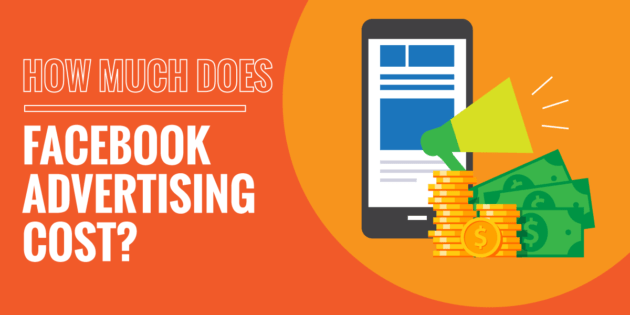
The cost of Facebook ads in Nigeria can vary widely depending on the factors mentioned above. While there is no fixed cost, it is helpful to have a general idea of the average prices for different ad objectives.
Cost per Click (CPC)
On average, the cost per click for Facebook ads in Nigeria ranges from ₦100 to ₦500. However, keep in mind that this is just a rough estimate, and the actual cost can vary based on your targeting, ad quality, and competition.
Cost per Thousand Impressions (CPM)
The cost per thousand impressions for Facebook ads in Nigeria typically ranges from ₦500 to ₦2,000. This metric measures the cost of showing your ad to a thousand people. Again, these figures are approximate, and your actual costs may differ.
Cost per Action (CPA)
The cost per action for Facebook ads in Nigeria depends on the specific action you want users to take, such as making a purchase or signing up for a newsletter. The average CPA can range from ₦500 to ₦2,000. It is essential to track your campaign performance and calculate the CPA to evaluate the effectiveness of your ads.
How to Calculate ROI for Facebook Ads in Nigeria
Calculating the return on investment (ROI) for your Facebook ads is crucial to evaluating the success of your campaigns. Here’s a simple formula to calculate ROI:
ROI = (Revenue – Ad Spend) / Ad Spend * 100
To accurately calculate ROI, you need to track and measure the revenue generated from your Facebook ads and subtract the total ad spend. By monitoring your ROI, you can determine the profitability of your campaigns and make informed decisions about future advertising investments.
Strategies for reducing the cost of Facebook Ads in Nigeria

To make the most of your advertising budget, consider implementing the following strategies:
1. Set Clear Campaign Objectives
Before running your Facebook ads, clearly define your campaign objectives. Whether it’s driving website traffic, generating leads, or increasing sales, having specific goals will help you allocate your budget effectively and measure the success of your campaigns.
2. A/B Testing
Testing different ad creatives, audience segments, and placements can provide valuable insights into what works best for your business. Conduct A/B tests to compare the performance of different elements and optimize your campaigns based on the results.
3. Regular Monitoring and Optimization
Monitor your campaigns regularly to identify any underperforming ads or audience segments. Make data-driven decisions and optimize your campaigns accordingly. By continuously refining your targeting and ad content, you can maximize your return on investment and minimize wasted ad spend.
4. Audience Insights
Dig into the analytics provided by Facebook to gain a deeper understanding of your audience. Identify the demographics, interests, and behaviors of your target audience. Use this information to refine your targeting parameters and ensure your ads are reaching the right people.
5. Ad Scheduling
Timing is everything. Analyze the times and days when your audience is most active on Facebook. Schedule your ads to appear during these peak periods to increase visibility and engagement. This can help stretch your budget by focusing on times when your target audience is most likely to respond.
6. Quality Over Quantity
Rather than bombarding your audience with numerous ads, focus on creating high-quality, engaging content. A well-crafted ad is more likely to capture attention and drive results. Quality over quantity not only improves the user experience but also ensures that each ad you run contributes effectively to your campaign objectives.
7. Utilize Facebook Pixel
Integrate Facebook Pixel into your website to track user interactions and gather valuable data. This tool helps you understand how users interact with your website after clicking on your ad. Use these insights to optimize your campaigns for specific actions, such as purchases or sign-ups, ultimately enhancing the efficiency of your ad spend.
You can set up Facebook Pixel for your website here.
8. Leverage Lookalike Audiences
Once you’ve identified a high-performing audience segment, leverage Facebook’s Lookalike Audiences feature. This allows you to target users who share similar characteristics with your existing customers. By expanding your reach to a relevant audience, you can maximize the impact of your budget.
9. Improve Ad Relevance
Create compelling ad content that resonates with your target audience. The more relevant and engaging your ads, the higher your relevance score, which can lead to lower costs and better performance.
10. Budget Allocation Based on Performance
Distribute your budget based on the performance of different ads and campaigns. Allocate more budget to the ones delivering positive results and consider pausing or adjusting those that aren’t performing well. This dynamic budget allocation ensures that your money is invested where it generates the best returns.
Alternatives to Facebook Ads in Nigeria

While Facebook ads provide a powerful advertising platform, it’s worth exploring alternative marketing channels to diversify your strategy. Some alternatives to consider in Nigeria include:
1. Instagram Ads
As part of the Facebook family, Instagram offers a visually-driven platform for advertising. With its growing user base in Nigeria, Instagram ads can be a valuable addition to your marketing mix.
2. Google Ads
Google Ads allows you to reach potential customers through search ads, display ads, and video ads. By leveraging the power of Google’s search engine, you can target users actively searching for products or services related to your business.
3. YouTube Ads
Tap into the video-centric audience by leveraging YouTube Ads. With a considerable user base in Nigeria, YouTube Ads allow you to create engaging video content that reaches potential customers. Whether it’s skippable ads, non-skippable ads, or display ads, YouTube provides a versatile platform for video advertising.
4. TikTok Ads
TikTok Ads leverage the popularity of short-form videos, featuring in-feed ads, branded hashtags, and branded challenges. With a focus on creativity and trendiness, TikTok provides an opportunity to connect with a younger, dynamic demographic. Businesses can create viral campaigns, participate in challenges, and engage users through entertaining content, making TikTok Ads a unique and impactful advertising alternative.
5. Snapchat Ads
Capitalizing on the popularity of short-form, visual content, Snapchat Ads offer a unique way to connect with a younger demographic. Featuring vertical video ads, sponsored geofilters, and augmented reality ads, businesses can create interactive and visually appealing campaigns. Snapchat’s emphasis on creativity and storytelling makes it a distinctive platform for brand promotion.
6. LinkedIn Ads
For B2B marketing or targeting a professional audience, LinkedIn Ads can be highly effective. Promote your business to professionals and decision-makers in Nigeria through sponsored content, sponsored InMail, or display ads on LinkedIn.
7. Pinterest Ads
Pinterest Ads, specifically through promoted pins, cater to a visually focused audience seeking inspiration and product discovery. Ideal for businesses in fashion, home decor, and lifestyle, this platform allows brands to showcase products and ideas in a visually appealing way. By tapping into the user base actively seeking inspiration, Pinterest Ads can drive engagement and product exploration.
Conclusion
When considering the cost of Facebook ads in Nigeria, the cost may vary based on many factors. By understanding the cost structure, optimizing your campaigns, and exploring alternative marketing channels, you can maximize your advertising budget and drive tangible results.
At Prolanz Digital Marketing Agency, we understand the need for businesses and SMEs to get as much as possible Facebook ad revenue without outspending their advertising budget. Our Facebook ads team prioritizes efficiency and effectiveness, making sure your business achieves its goals without paying unnecessary costs. Contact us and let’s save you some money.

